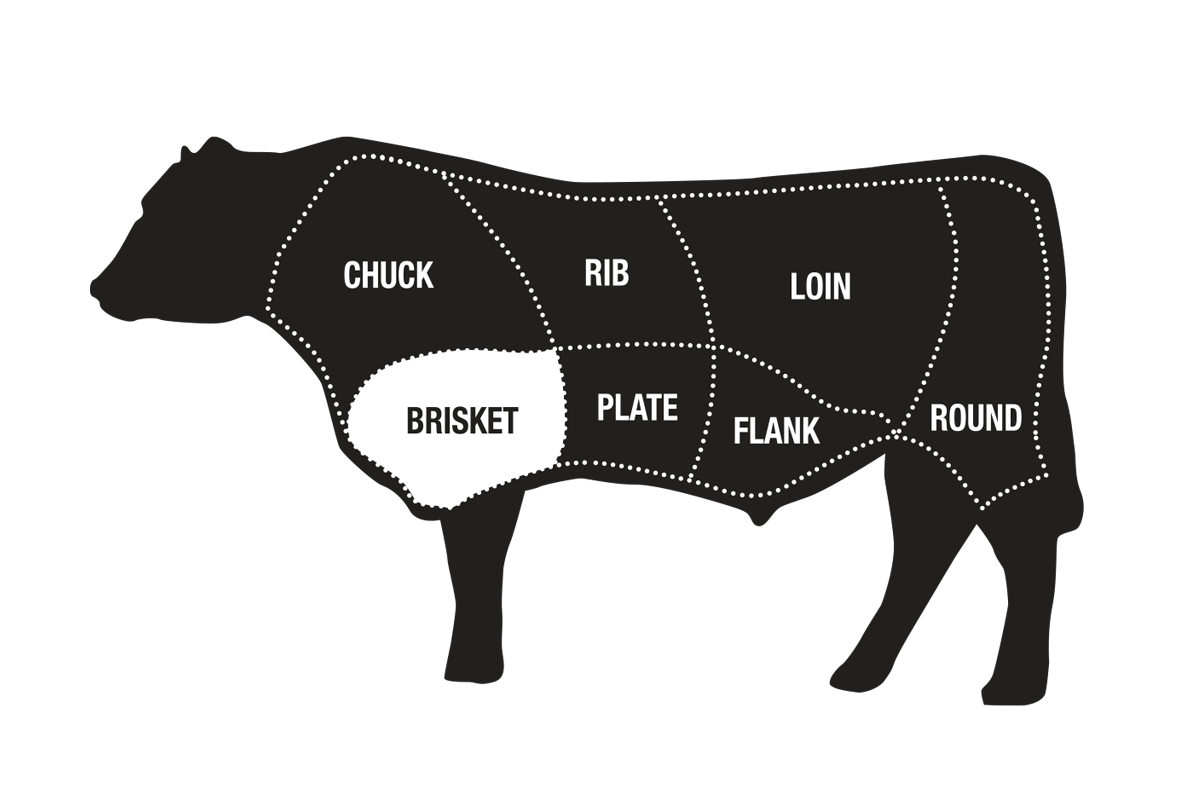Brisket
Double R Ranch
Our USDA Choice & Prime briskets are cut to the latest NAMP guidelines for great performance on your smoker. Sourced from Northwest beef for excellent flavor, these briskets are ideal for experienced and aspiring pitmasters.
Grass Fed, Grain Finished
Namesake Brand
Wet-Aged For 21+ Days
Details
Cooking Tips
Beef Grading
Whether you’re a professional pitmaster or the best barbecuer in your neighborhood, you’ll love Double R Ranch beef briskets! The Northwest’s mild climate produces beef with rich and beautiful marbling. We age Double R Ranch briskets at least 21 days for rich beef flavor and delicious texture. Our beef briskets are great smoked, braised, or barbecued and are perfect for your next large gathering. These work wonders with your favorite dry rubs, mops or marinades and are ideal for slow cooking. Briskets are shipped frozen. Be sure to allow at least 4 days to thaw.
This is a natural product, and actual weights may vary +/- .5 pounds.
The two top USDA grades are Prime and Choice, which have the highest levels of marbling.
USDA Prime is the top grade on the USDA scale with the highest amount of marbling. Only 8 to 10% of all U.S. beef achieves this grade.
USDA Choice falls directly below USDA Prime. Choice beef is high quality and has less marbling but offers an excellent value.











